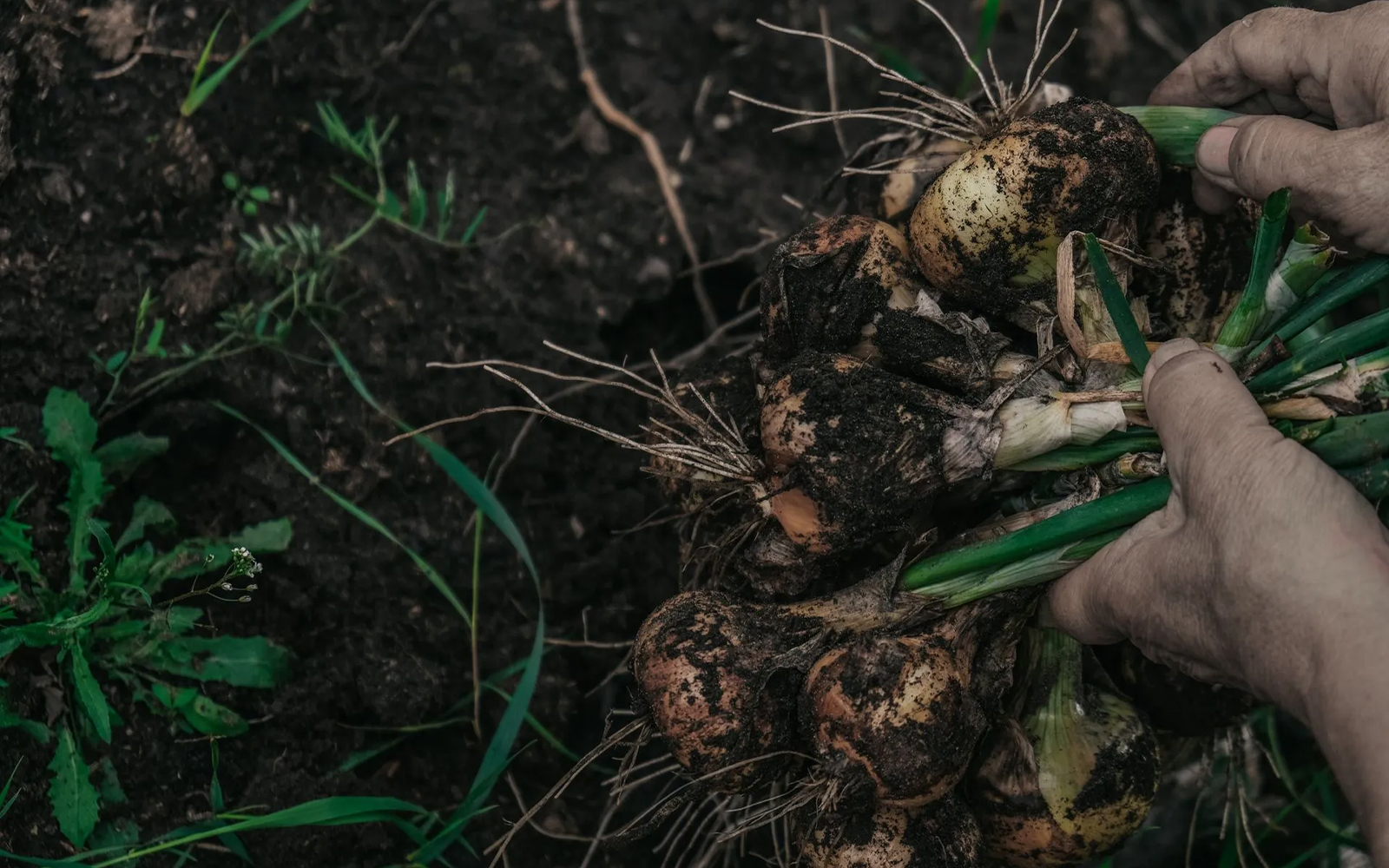How Our Food and Water are at Risk and Why We Need to Take Action Now!

From Sea to Soil, Microplastics are Everywhere
Plastic pollution is no longer a distant threat – it’s everywhere. The alarming fact is that microplastics have invaded our planet and have become so widespread that they’re finding their way into our food chain. Shockingly, even fruits and vegetables, considered as healthy and safe options, aren’t immune to this contamination. Scientists have found that these tiny plastic particles have entered our soil and are being consumed unknowingly by humans.
A new report has revealed that an estimated 8-10 million tonnes of sewage sludge, rich in nutrients and a byproduct of cleaning municipal wastewater, is produced in Europe each year. And, around 40% of this waste is spread on farmland to be used as organic fertilizer. Unfortunately, this has caused farmland in Europe to be the largest global reservoir of microplastics, according to researchers at Cardiff University. As a result, between 31,000 and 42,000 tonnes of microplastics, or 86 trillion to 710 trillion microplastics particles, are contaminating European farmland each year.
The situation in the United States is equally worrisome. An environmental non-profit, the Environmental Working Group, discovered that sewage sludge, which often contains per- and polyfluoroalkyl substances (PFAS), commonly found in plastic products, has contaminated almost 20 million acres of cropland. PFAS, also known as „forever chemicals,“ are hazardous and do not break down under normal environmental conditions.
As sewage sludge is costly to dispose of, the practice of using it as an organic fertilizer is common in both the US and Europe. However, this is leading to a growing concern about the accumulation of microplastics in our food chain. Ingesting microplastics is dangerous and could lead to long-term health issues, as research suggests.
As a society, we need to take action now to combat plastic pollution. Governments must ensure proper waste disposal methods, and the use of alternatives to plastic products must be promoted. It is also necessary to invest in research and technology to prevent the accumulation of microplastics in our soils and waters. Only by working together, can we hope to reduce plastic pollution and safeguard our food from contamination.
Follow the link to read the full article:
https://www.bbc.com/future/article/20230103-how-plastic-is-getting-into-our-food